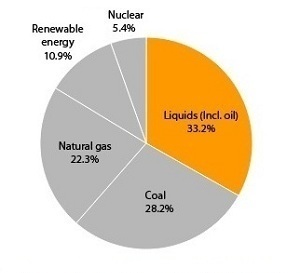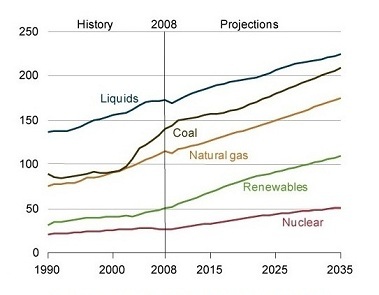Reliable access to oil is at the core of energy security
Affordable and reliable access to oil is the core of energy security. Despite the rise of natural gas and efforts to develop alternative energy sources, the U.S. and the world still rely on oil as their largest source of energy. Consider how much oil the U.S. consumed last year. The U.S. consumed 6.87 billion barrels of oil in 2011, which contributed to about 35% of total U.S. energy consumption. Natural gas followed at 25%, while coal came in third at 20%.
Over 70 percent of this oil consumption went toward transportation purposes. However, not only is oil used to power cars, trucks, and airplanes, it is also used to create plastics, synthetic materials, chemicals, asphalt, heating oil, and more.
The director of the energy security initiative at Brookings Institution, Charles Ebinger gave this definition of energy security: “At the most basic level, energy security means having access to the requisite volumes of energy at affordable prices.“
The brunt of energy security revolves around the fuel that is being pumped through the world at the greatest volume, and is thus also the most vulnerable to price fluctuations. That fuel is oil, and is projected to be oil for decades into the future.


